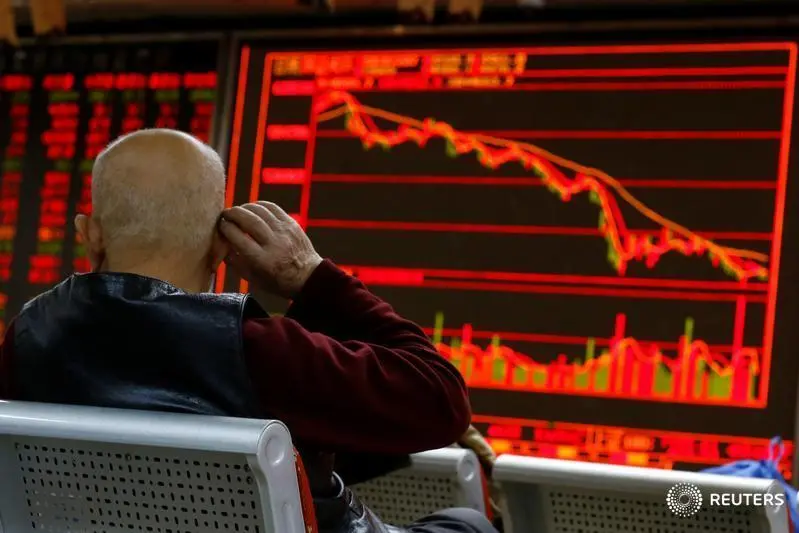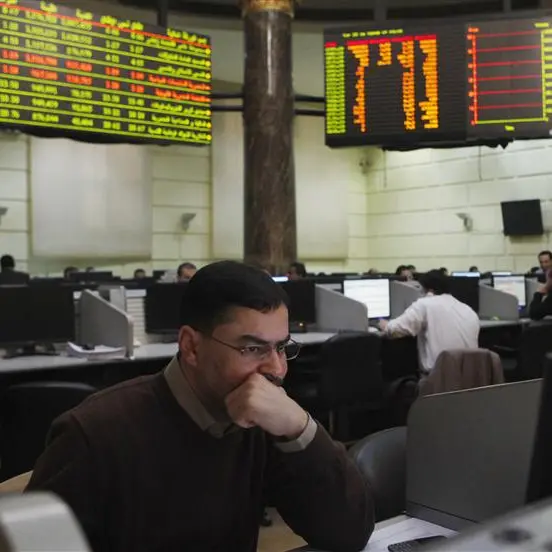PHOTO
Weaker economic growth and tepid price pressures in Asia will leave central banks in the region with few reasons to tighten policy next year especially as U.S. rate hikes slow unless a new bout of currency weakness forces them to do so.
The U.S. Federal Reserve on Wednesday raised rates for the fourth time this year, as expected, but signaled a slower pace of hikes in 2019 than it previously projected.
The Fed policy outlook is a major factor driving emerging currencies in Asia and a less aggressive rate outlook next year generally eases foreign exchange selling pressure in economies like Indonesia, Philippines and India. Central banks in these countries hiked rates repeatedly this year to mitigate portfolio outflows and moderate inflation.
On Thursday, Bank of Japan kept monetary policy steady and central banks in Taiwan and Indonesia were expected to do the same at their respective meetings.
“What we forecast for Asia next year is based on the fact that the Fed is going to be more dovish and we have the same view after last night: there’s much less pressure to tighten,” said Irene Cheung, Asia strategist at ANZ.
A long pause in Asian central bank tightening could facilitate more inflows into Asian bonds and offer some respite to smaller-sized, low margin borrowers across south and southeast Asia.
Currency risks aside, there are almost no arguments for central bank rate hikes.
The International Monetary Fund expects Asia’s economic growth to slow to 5.4 percent next year from 5.6 percent in 2018. But its APAC director Changyong Rhee told Reuters on Tuesday a further downgrade was possible at the IMF’s next review in January.
Economists say China’s could lose a full percentage point of economic growth next year if the current ceasefire in the trade war between Washington and Beijing falls apart and higher tariffs imposed in 2019.
The rest of Asia could take a similar hit, given the region’s heavy reliance on China for trade and investment.






















